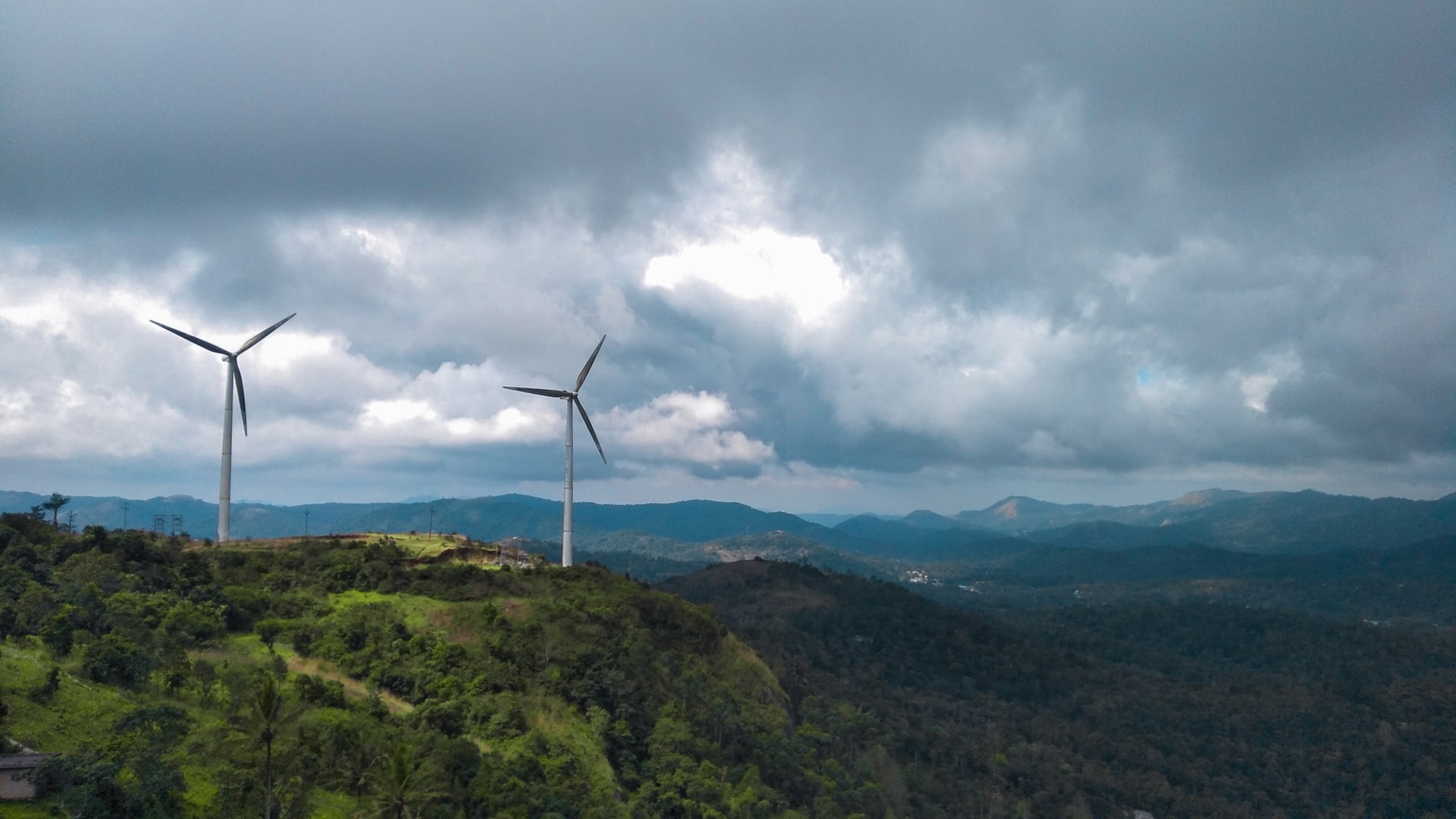A Swarm Intelligence Approach to Autonomy
Ford just announced that after sinking billions into self-driving, it is going to close down Argo and focus on driver assistance. Uber closed down its Advanced Technology Group after spending $2.5B. The industry has spent more than $100 Billion on self driving without any impact on congestion, green house gas emission or, if you care about finances, any return on investment . Everyone seems to be aghast at the “sudden” implosion of the self-driving world… except those who have been frustrated with all the hype since day one. Let’s take a look at why we are in this so called “valley of death” and what we can do to move forward more effectively.
If you look at the news you would think researchers have just failed to develop the necessary tech breakthrough. If only the systems could distinguish between birds and humans or between pedestrians and bicycles. Or handle snow banks. Or deal with new construction patterns. Complaining about the chaos and unpredictability of the real world is a sign that the approach taken by the community — map based modeling and path planning — is unsuitable. In other words, we needed a new approach. Perhaps something based in biology that we know to be robust, scalable and dynamic.
We don’t need our vehicles to be smarter than us, we just need them to move harmoniously like fish. The metaphor of individual intelligence does not scale well. Moreover, it can’t handle the chaos of snow banks, crowds, construction, fog, dust or even rain. Specifically, the model-based approach will always suffer when the environment is dynamic. With bees, ants, birds, fish and soccer players we see a completely different control metaphor. In biology we see synchronization and reliable motion emerge without maps, network connectivity or control models. Swarm intelligence propels every successful life form… just not our self-driving cars.
Our vehicles could exhibit swarm intelligence, but the problem is that the business model for all the big self-driving players was based in monetizing cloud-based maps. This strategy was based on assumptions regarding positioning and connectivity to the cloud that turned out to be untrue. In fact, those of us who fielded fully autonomous systems for the military learned this lesson and adapted. In military scenarios the fog of war demanded that we address chaos and abandon cloud based mapping. The corporate world refused because they wanted to monetize those maps… to charge for the connectivity. They wanted the very thing that we should have shied away from — dependence on off-board intelligence. Twenty years later, it should be clear to everyone that the old business model of cloud-based model building and path planning is defunct.
No amount of future funding or research will fix the model-based approach. It’s optimal in simulation, but predisposed to fail ungracefully as the level of chaos increases. On the other hand, swarms love chaos. They use it to adapt, to improvise and to diversify. Swarms can embrace chaos because they’ve cut out the model. By embedding command, control and communication into the environment the swarm becomes the model. We don’t need to abandon the goal of autonomy, but we should rethink the metaphor.
The journalists now enthusiastically skewering the tech world are, at long last, providing a needed glass of cold truth in the face… but the media doesn’t zero in on the root of the problem. It’s not that AI is a scam. It is that we are not trying to solve the problems in the right order. The problem on our roads has nothing to do with intelligence, artificial or otherwise. It has to do with flow. If we solve the flow problem the AI problem becomes tractable. Both we and our AI need to stop self-driving and start swarm-driving.
So far, self-driving has mostly followed the original path plan we set at #DARPA, so maybe we are to blame for the early push in the wrong direction. Today, self-driving car companies continue our decades old science project with few changes in the original planning-centric, simultaneous mapping and localization (SLAM) concept. Knowing the limitations of SLAM, those of us who fielded these first autonomous systems in the nineties have watched with confusion, fearing another “AI winter” caused by the realization that the self-driving magic show is not going to give us what we want.
The question is not whether we need better control, but rather where should that control lie. Does it lie with the government which has failed to regulate self-driving based on performance? Does it lie with you? Does it lie with corporations and their off-board servers in the cloud who want to monetize your data while under their influence? The push to ensure your car is linked to the cloud has less to do with a smooth commute than the desire to mine your motion data (think about the billion corporations make mining email and social media).
What if the control lay not with the government, you or the corporations? What if the control lay everywhere and nowhere? Like in a school of mackerel. Schooling fish may have low IQs, but they move with grace and harmony. Their collective intelligence is based on principles of swarm intelligence and is focused on flow. In this light, human intelligence may be the problem rather than the solution. No matter how smart you are you can’t individually think your way through a traffic jam.
Our focus for the next generation of autonomy should not be self-driving. The very word spells out the problem. You yourself can’t synchronize traffic flow and neither can a single individual AI. We need to focus on the space between cars and help them move together. If we get that right, autonomy becomes possible, but a different kind of autonomy than the vision of your corporate overlords.



